GPCR/G protein
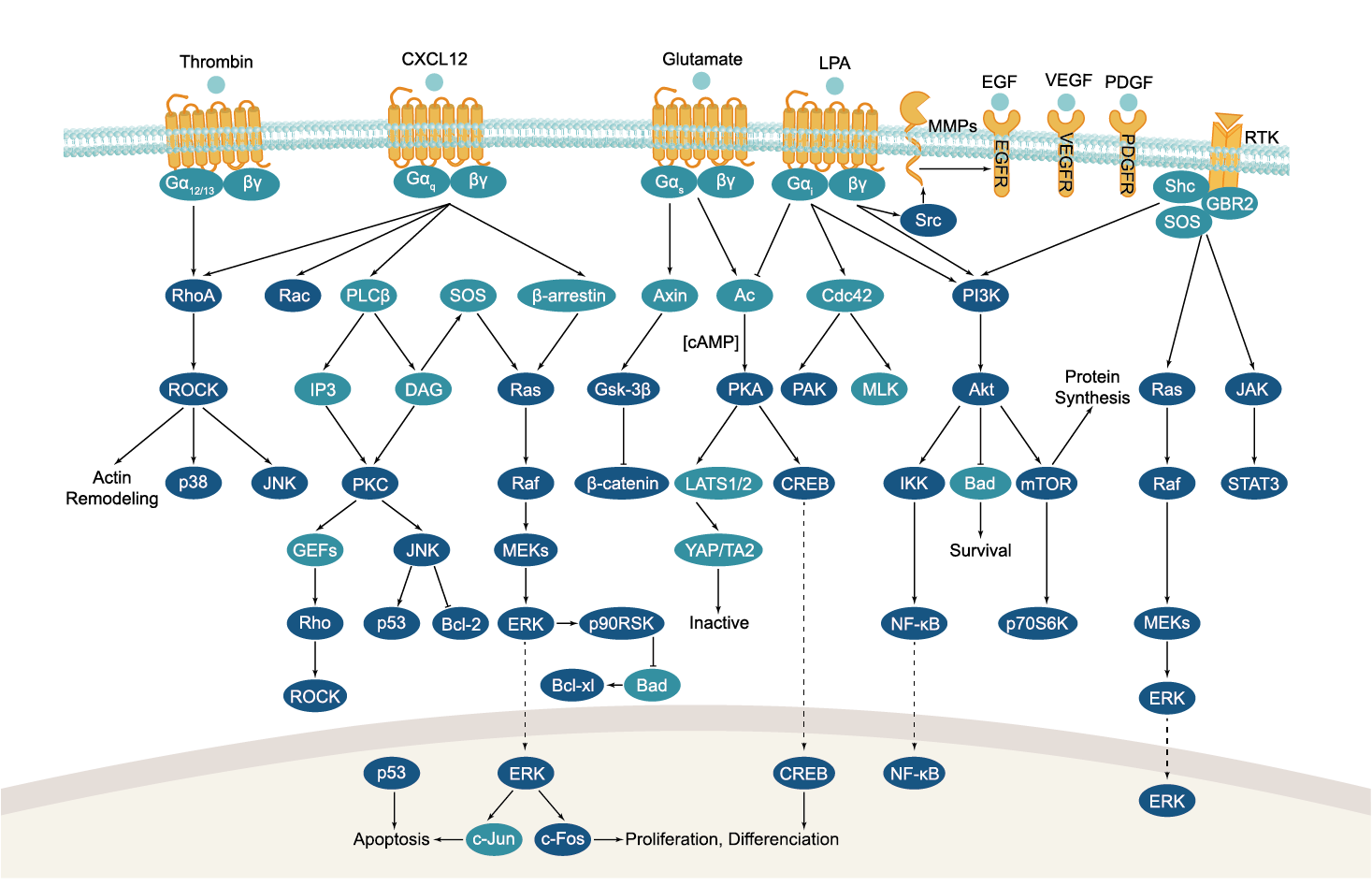

All GPCRs share a common seven trans-membrane structure. GPCRs are associated with heterotrimeric G-proteins which are GTP-binding proteins made of alpha, beta, and gamma subunits. When a ligand binds to GPCR, it activates the attached G-protein, the GDP is replaced with GTP. The activated G-protein then dissociates into an alpha and a beta-gamma complex which activates downstream signaling pathways. These intracellular signaling pathways include cAMP/PKA, calcium/NFAT, phospholipase C, protein tyrosine kinases, MAP kinases, PI-3-kinase, nitric oxide/cGMP, Rho, and JAK/STAT.
GPCRs are one of the most important therapeutic targets for various diseases, over 30% of all modern medicinal drugs target this family. Aberrant GPCR functions are involved in pathological conditions such as neurological, immunological and hormonal disorders. A large number of GPCRs have been identified, but whose ligands are not known, are classified as orphan receptors.
-
 C3123 FlibanserinSummary: full agonist of the serotonin 5-HT1A receptor and an antagonist of 5-HT2A.
C3123 FlibanserinSummary: full agonist of the serotonin 5-HT1A receptor and an antagonist of 5-HT2A. -
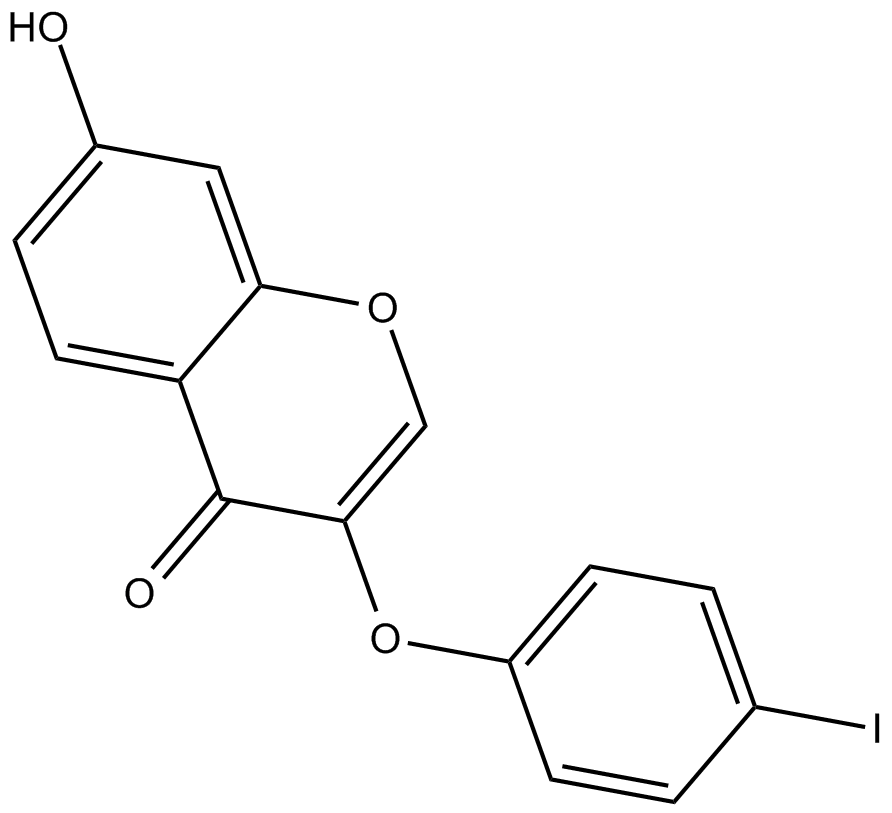 C3220 XAP044Summary: mGluR7 antagonist
C3220 XAP044Summary: mGluR7 antagonist -
 C3240 AL 8810 isopropyl esterSummary: lipid soluble, esterified prodrug form of AL 8810, a FP receptor antagonist
C3240 AL 8810 isopropyl esterSummary: lipid soluble, esterified prodrug form of AL 8810, a FP receptor antagonist -
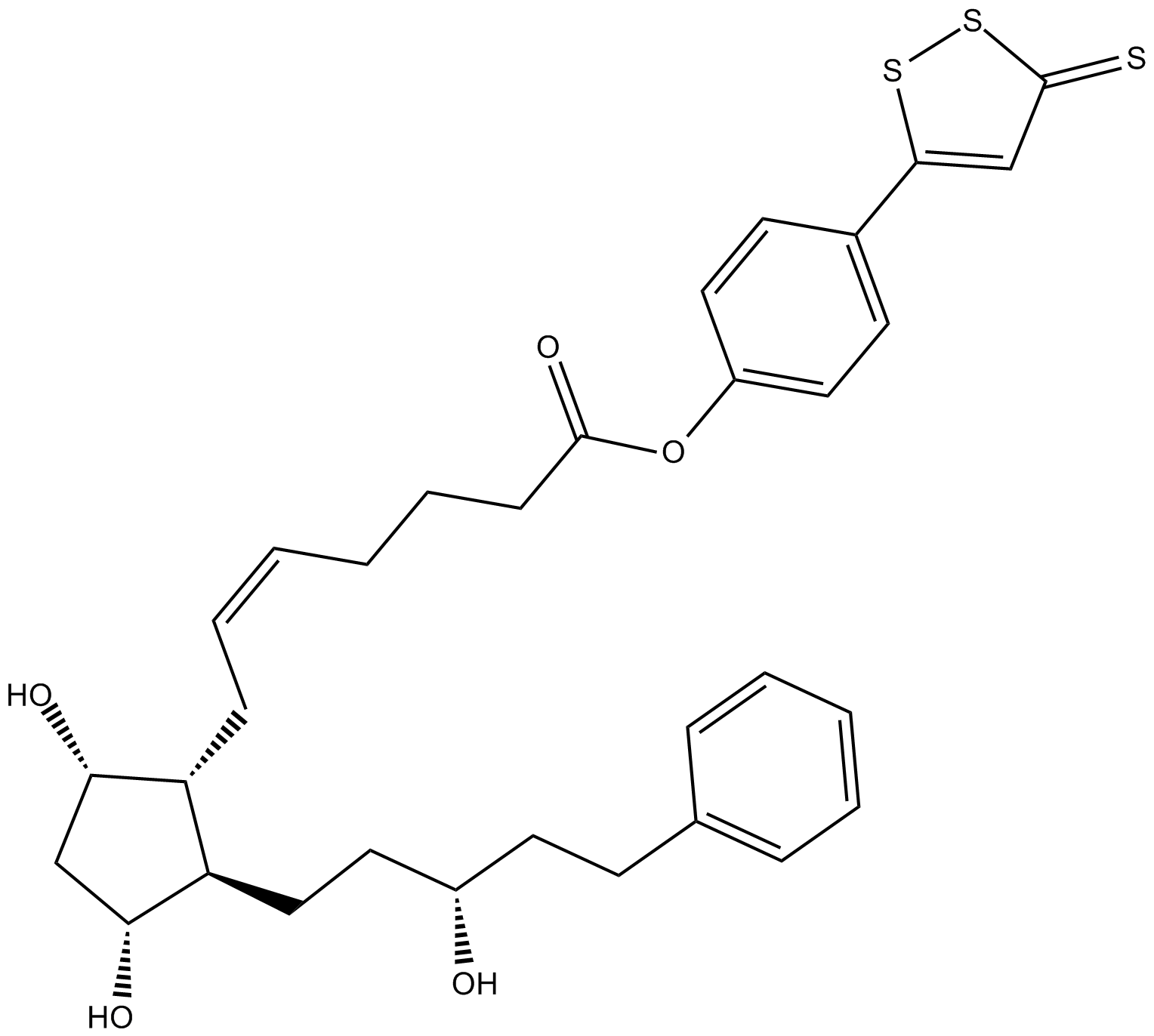 C3246 ACS 67Summary: analog of latanoprost (free acid),prostaglandin (PG) analog
C3246 ACS 67Summary: analog of latanoprost (free acid),prostaglandin (PG) analog -
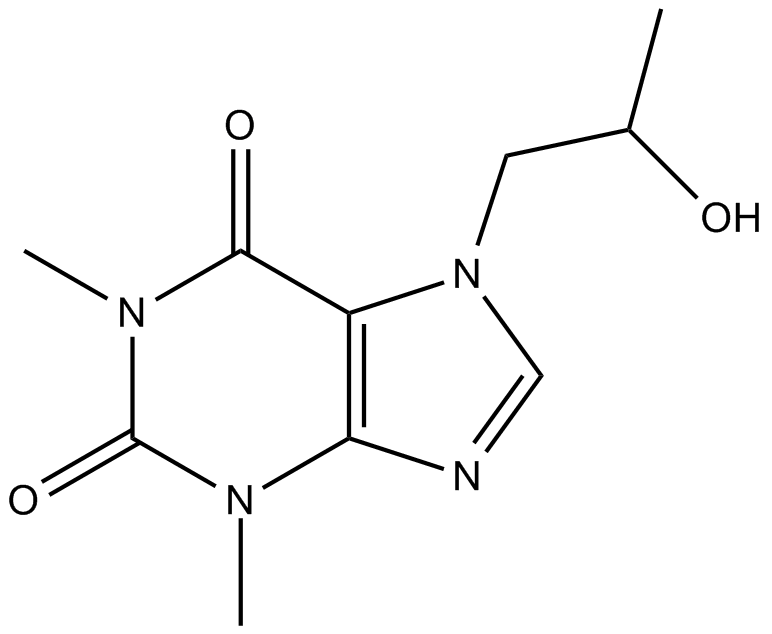 C3278 ProxyphyllineSummary: A1 adenosine receptor antagonist
C3278 ProxyphyllineSummary: A1 adenosine receptor antagonist -
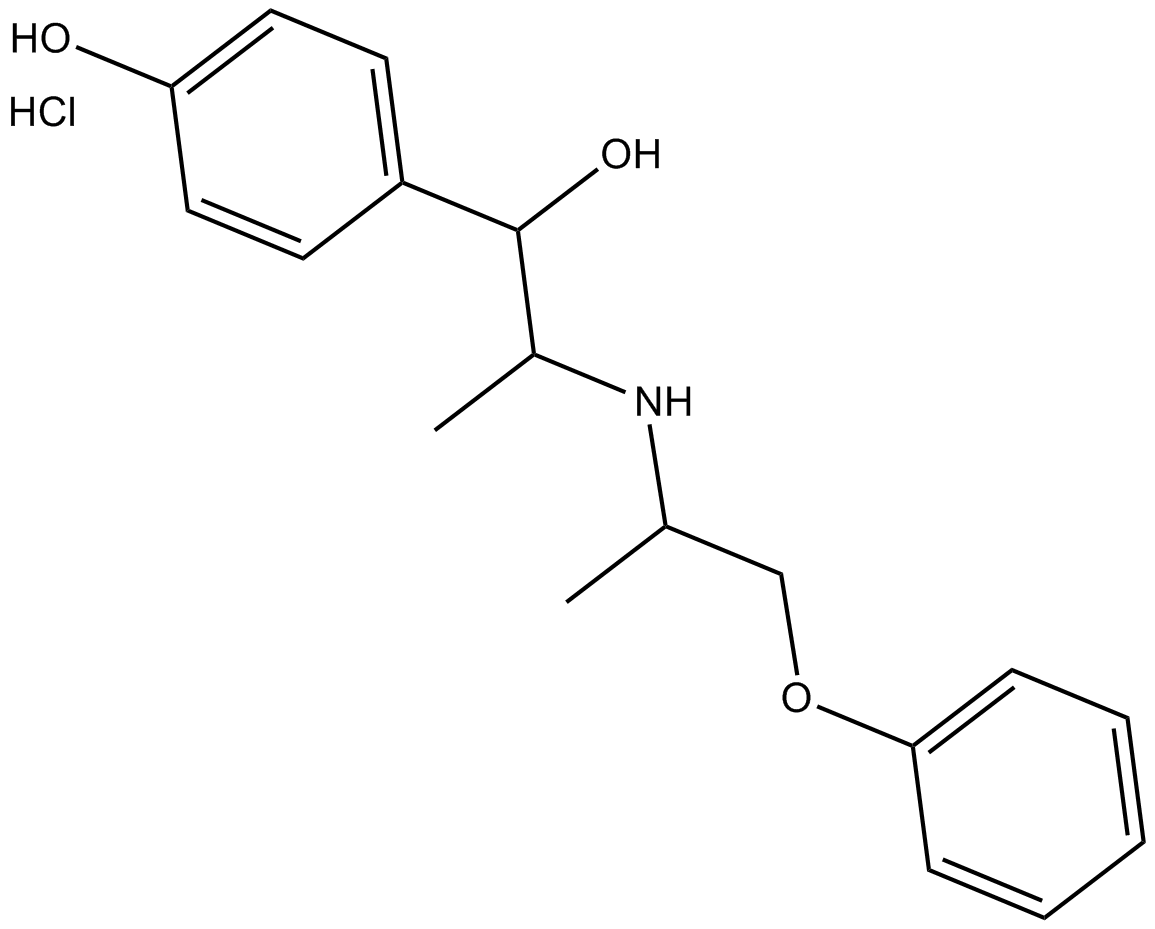 C3347 Isoxsuprine (hydrochloride)Summary: β-adrenergic receptor modulator
C3347 Isoxsuprine (hydrochloride)Summary: β-adrenergic receptor modulator -
 C5387 S18886Summary: Potent thromboxane A2 (TP) inhibitor
C5387 S18886Summary: Potent thromboxane A2 (TP) inhibitor -
 C4237 SQ 29,548Summary: TP receptor antagonist
C4237 SQ 29,548Summary: TP receptor antagonist -
 C5805 I-BOPSummary: TP specific agonist
C5805 I-BOPSummary: TP specific agonist -
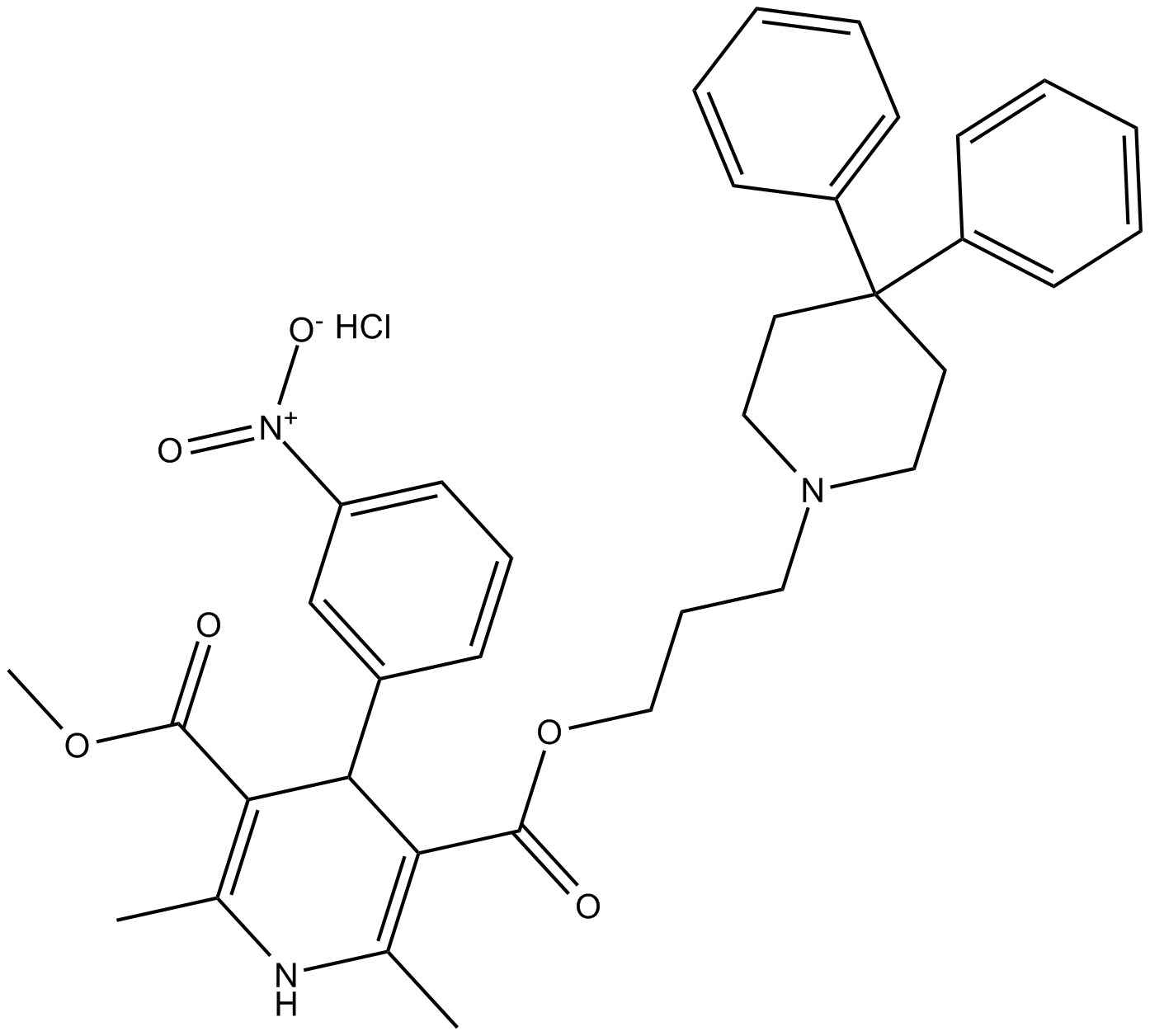 C3067 Niguldipine (hydrochloride)Summary: α1A-adrenoceptor antagonist
C3067 Niguldipine (hydrochloride)Summary: α1A-adrenoceptor antagonist


